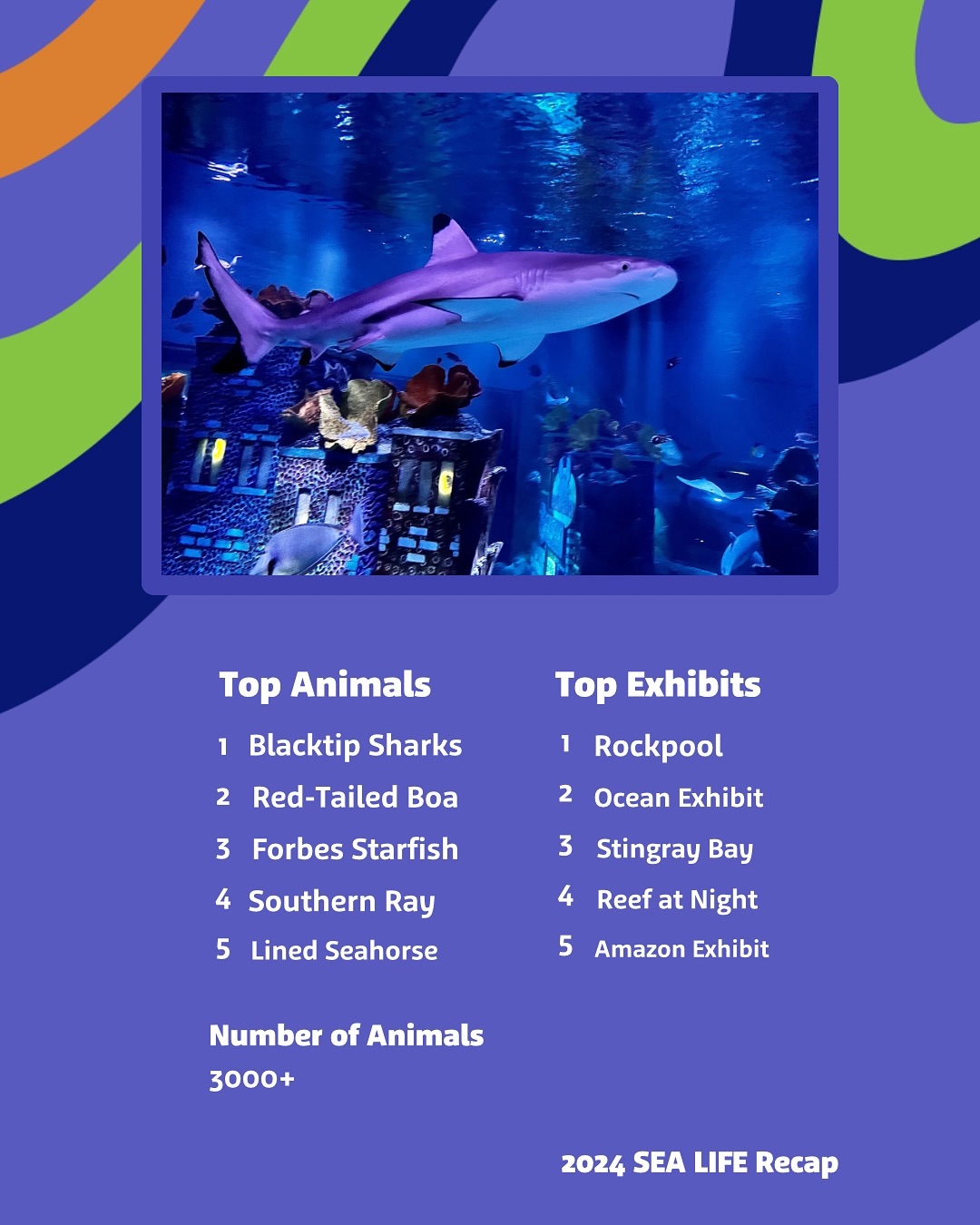- Comprehensive overview of SEA LIFE aquariums and their role in wildlife conservation.
- The importance and challenges of zoo management and aquatic species care.
- Highlighting the top features and exhibits in SEA LIFE facilities.
- The educational and outreach benefits of SEA LIFE aquariums.
- Future directions for SEA LIFE aquariums and the field of marine conservation.
SEA LIFE aquariums have become an essential facet of marine conservation and wildlife education. These facilities blend entertainment with education, presenting an immersive experience that captivates the public while promoting care for aquatic life. Understanding their role gives one insight into the broader picture of conservation efforts worldwide regarding ocean creatures.
SEA LIFE aquariums are a critical component of global conservation strategies. They serve the dual purpose of breeding endangered species and protecting countless animals that would otherwise be vulnerable in their natural environment. The aquariums provide a sanctuary where scientists can study animal behavior, breeding habits, and health issues under controlled conditions. Such research is pivotal in forming rehabilitation programs and reintroduction strategies for species nearing extinction.
Managing these facilities demands expertise in zoology and aquaculture. Zoo management involves a complex array of tasks, from ensuring the suitable habitat for various species to managing visitor engagement and education. Specifically, the maintenance of aquatic species in artificial environments poses unique challenges. Water chemistry has to be carefully regulated to replicate oceanic conditions, and dietary needs for diverse species must be met without crossover contamination.
SEA LIFE aquariums pride themselves on exhibiting a wide array of marine fauna, offering visitors an opportunity to marvel at the undiscovered wonders of the ocean. Each SEA LIFE facility often includes flagship attractions that showcase the most captivating marine species. These exhibits highlight both the beauty and the ecological role of species from different ocean layers, such as corals, rays, and sometimes more extraordinary creatures, including octopuses and sharks.
The educational value of SEA LIFE aquariums cannot be overstated. They offer programs that engage all age groups, from children eager to learn about their favorite sea animals, to adults who delve deeper into the conservation aspects. Through interactive exhibits and informative guides, visitors can gain a better understanding of marine biodiversity and the anthropogenic threats facing our oceans. By providing this knowledge, SEA LIFE aquariums encourage public involvement in conservation activities, nurturing a culture of environmental responsibility.
SEA LIFE sites also play a vital role in public outreach and awareness campaigns. With daily illustrative talks and feeding sessions, visitors gain first-hand insights into the behavioral patterns and nutritional requirements of marine animals. These educational sessions are fundamental in broadening the understanding of marine life and fostering a stronger connection between humans and wildlife.
Looking into the future, SEA LIFE aquariums are embracing innovation and technology to enhance both conservation and visitor experience. They are increasingly focusing on sustainable practices, such as reducing plastic use and enhancing recycling within their facilities. Additionally, cooperation with international conservation bodies allows them to contribute to global efforts in marine wildlife protection.
Now, as SEA LIFE continues to expand its initiatives, let us know your top 5 exhibits or features that captivate your interest in these aquariums. The future lies in communal efforts between zoologists, conservationists, and the public to foster a world where aquatic life thrives both in captivity and in the wild.
*****
Source Description
Check out our SEA LIFE recap – let us know your top 5!


